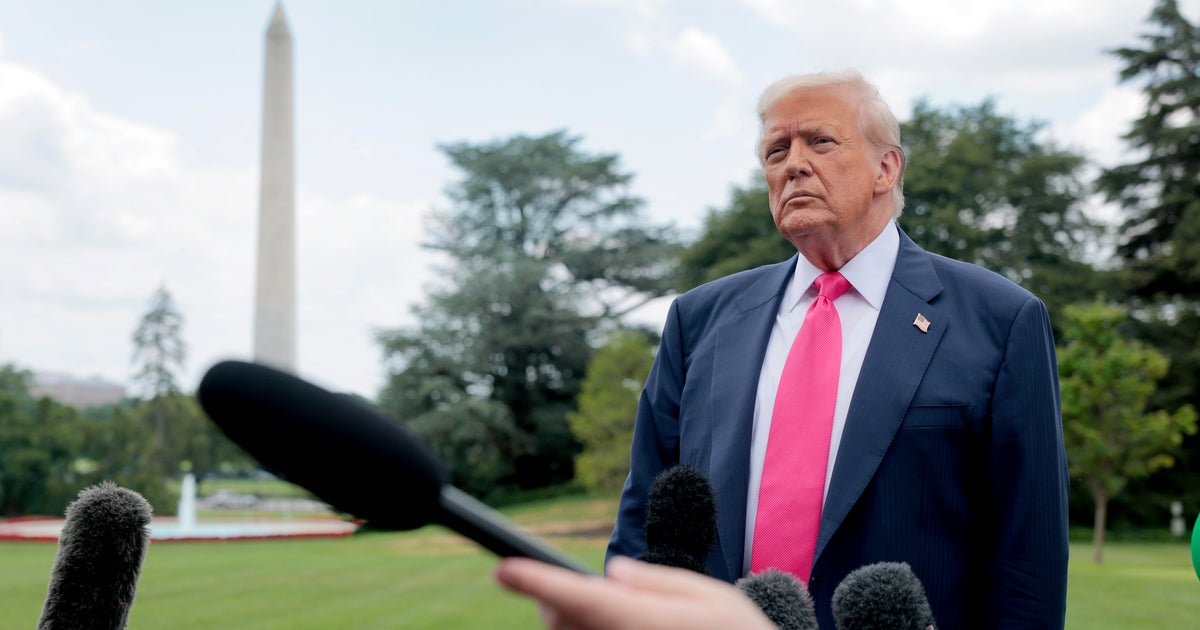The Trump administration on Wednesday unveiled an AI Action Plan aimed at maintaining U.S. dominance in the artificial intelligence race. The initiative is part of an ongoing effort the White House began earlier this year with an executive order removing AI guardrails imposed by the Biden administration.
Mr. Trump is expected to speak about the new plan and sign related executive orders during a keynote address at an AI summit in Washington, D.C., on Wednesday. The unveiling will be co-hosted by the bipartisan Hill and Valley Forum and the All-In Podcast, a business and technology show hosted by four tech investors and entrepreneurs who include Trump’s AI and Crypto Czar David Sacks.
“The goal here is for the United States to win the AI race,” Sacks said during a press call with reporters Wednesday morning.
The plan is backed by the Office of Science and Technology Policy (OSTP) and will be carried out over the next six months to a year, according to Michael Kratsios, policy director of the OSTP.
“This is a watershed day for Trump to lay out the AI vision and make sure the U.S. stays ahead of China despite all the trade deal turmoil,” said Dan Ives, a Wedbush Securities analyst, in an email to CBS MoneyWatch.
What is in the AI Action Plan?
The AI Action Plan focuses on accelerating AI innovation and building out AI infrastructure to ensure the U.S. leads in international “AI diplomacy,” according to Sacks, who laid out the plan’s major pillars during Wednesday’s call.
That includes expediting the construction of large-scale data centers, which house servers, networking gear and other technology used to power artificial intelligence.
There are currently thousands of data centers dotted throughout the U.S. The majority are connected to the nation’s power grid, and rely on massive amounts of electricity to operate. The proliferation of AI data centers has been cited as one of the drivers of burgeoning energy costs.
The number of data centers is only expected to grow as technology companies ramp up funding on construction plans. Amazon, Microsoft, Meta, OpenAI and xAI all have major projects underway.
In addition to investments in the building of data centers, the plan also focuses on “expediting and modernizing programs” for semiconductor fabrication plants, or fabs, and updating the nation’s electric grid to support the enormous energy demands of AI supercomputing, said Kratsios.
Another focus will be reining in what White House officials have called an “ideological bias” in chatbots. This is something Sacks, a former PayPal executive, has been highly critical of after a 2024 incident with Google’s AI image generator, which created pictures of Black, Asian and Native American men when asked to show an American Founding Father.
“We believe that AI systems should be free of ideological bias and not be designed to pursue socially engineered agendas,” said Sacks on Wednesday. “And so we have a number of proposals there on how to make sure that AI remains truth-seeking and trustworthy.”
To that end, Kratsios said the plan will update federal procurement guidelines to ensure the government only contract with LLM developers whose systems “allow free speech expression to flourish.”
The plan will also focus on maintaining the U.S.’ competitive edge in the global race for AI dominance as it competes with countries like China, which has been expanding its AI footprint. A senior White House official said the report supports export controls, to make sure “that our most advanced technology doesn’t get into the hands of [other] countries.”
The official added that the plan calls for the removal of diversity, equity and inclusion and climate (DEI) funding requirements from the Biden administration’s CHIPS Act. DEI regulations within the Creating Helpful Incentives to Produce Semiconductors (CHIPS) for America Act “burden the industry” and “slow down the delivery of critical projects,” the official said.
(Except for the headline, this story has not been edited by PostX News and is published from a syndicated feed.)

